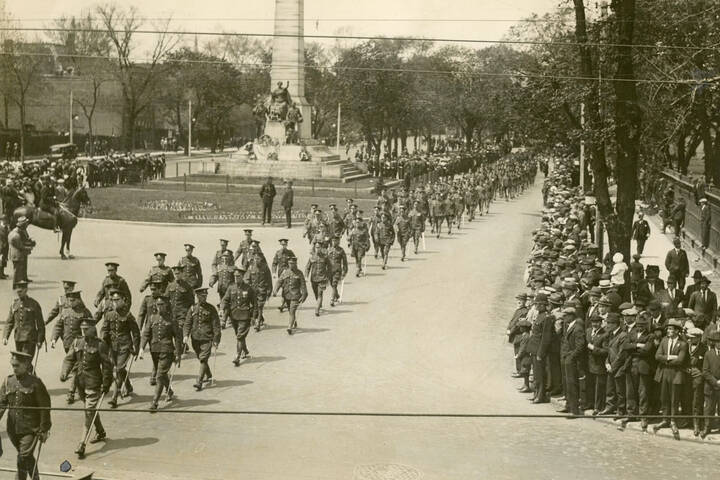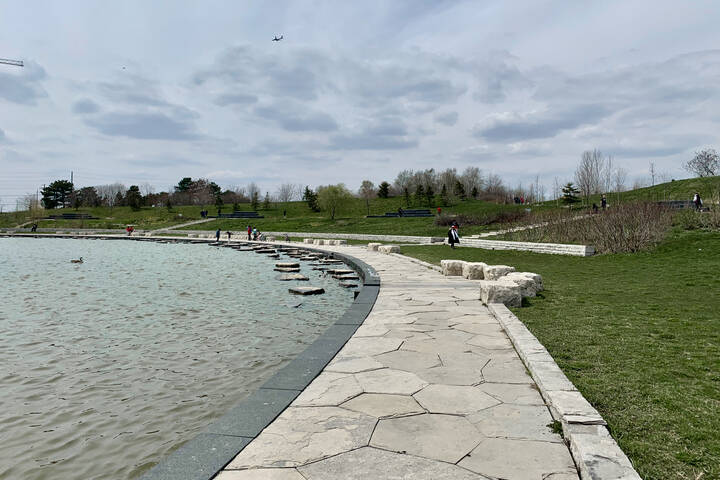
Winter Olympics influence on T.O.?
While watching the opening of the Winter Olympic games, I was truely overwhelmed. I have NEVER seen a more stunning opening of the games.
But what does that performance have to do with Toronto?
Everything. Torontonians got so see some of "Renaissance to Baroque" close up at the 40th anniversary of Nathan Philips Square last September.
So why is this important? It's important because it shows that Toronto is capable of being ahead of the game in terms of the arts - be it with artists that we invite to Toronto or with our own amazing talent. The trouble is, Toronto does not promote this aspect very well nor do we show it to its best ability. And our venues are either inadequete or used inefficiently.
Harbourfront being a prime example. I have said this before - in the winter, Harbourfront is a veritable ghost town. What is going to be like when we have all those damned planes flying overhead?
All this is a result of bad, or nonexistant, planning. Worse, it is a result of a creativity that is sorely lacking. When are we going to get it in our heads that the federal and provincial govenment has abandoned Toronto? We are going to have to find new strategies to get things moving. Perhaps what this city need to do is to actually bring its artists to the table. They (we) might be able to come up with some solutions to civic issues that will help the arts as well.
Latest Videos
Latest Videos
Join the conversation Load comments







